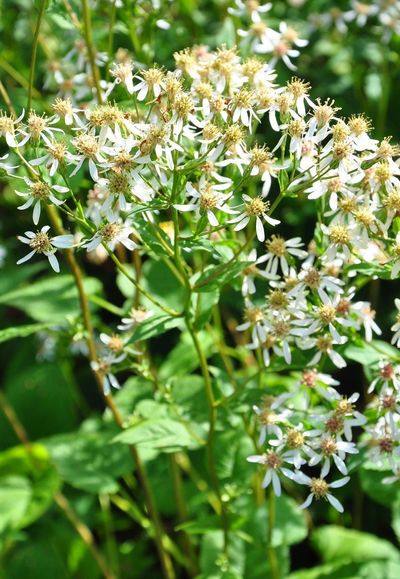Are Aster Plants Invasive?
Asters that spread aggressively include hoary aster (Dieteria canescens), a low-growing aster that has invaded certain areas in the western United States. While the plant isn’t on the federal invasive and noxious plant list, it is considered to be a problematic plant that easily becomes weedy in dry areas, including pine forests, chaparrals, and deserts. White wood aster (Eurybia divaricate, formerly Aster divaricatus) is a rambunctious plant that spreads by underground rhizomes. While this hardy plant makes an ideal groundcover and often causes no problems, it can become weedy in some circumstances. Plant this wild woodland aster where it has plenty of room to spread. Another wild aster by the name of annual saltmarsh aster (Symphyotrichum divaricatum) is one of the worst offenders – an obnoxious little plant that creates problems for homeowners across the United States. You can spot wild aster by its small, daisy-like flowers that pop up in unwanted areas, especially lawns.
How to Control Aster Plants
Hand-pulling is the most effective method of controlling aster. Pulling is easiest when the soil is moist. Manual control may not be practical if the plant has spread extensively. In this case, you may need to use a post-emergent herbicide created specifically for broad-leaved plants. When applied correctly, the herbicides will kill the weeds but leave the lawn unharmed. Again, check with your local cooperative extensive office if you’re not sure what product to use. Pre-emergent herbicides that prevent weeds from sprouting are another possible means of controlling aster in your lawn. Use extreme care and purchase a selective product that kills broadleaf weeds but not turfgrass. Some people have good luck with corn gluten, a pre-emergent, organic herbicide that works by inhibiting germination of wild aster, crabgrass, and other lawn invaders. It only works when seeds haven’t yet germinated. This product nets mixed results and may require repeat applications.
Should I Plant Aster?
Most asters are well-behaved, but if you’re concerned about planting an aster thug, check with your local cooperative extension office. They will be happy to tell you about plants that may become invasive in your area. Be careful about purchasing asters at big box stores, which sometimes stock plants that aren’t well suited for the local growing conditions. Instead, purchase plants at local nurseries and greenhouses.
